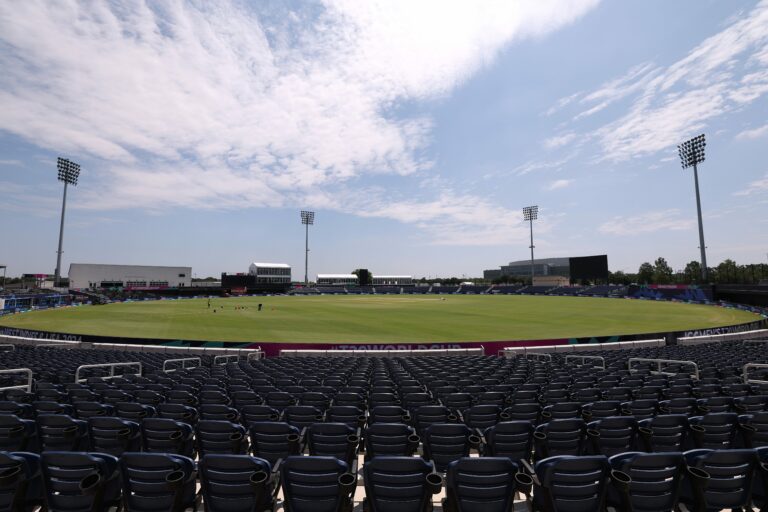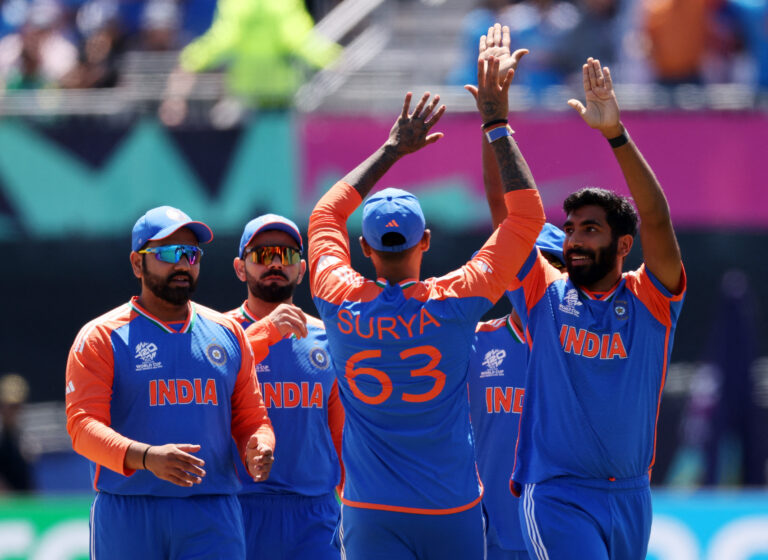The Art of Cricket Groundskeeping: Techniques and Innovations
Lotus365, Gold365: When it comes to maintaining a cricket ground, having the right equipment and tools is essential for keeping the pitch in top condition. One of the most important pieces of equipment is a quality lawn mower to ensure the grass is kept at the optimal playing height. Additionally, a good quality roller is necessary to flatten and compact the pitch surface, creating a smooth playing field for the players.
It’s also crucial to have a set of hand tools such as rakes, shovels, and edgers to help with tasks like repairing divots, filling in holes, and shaping the pitch edges. These tools allow groundkeepers to quickly address any issues that may arise during matches or practice sessions, ensuring that the pitch remains safe and well-maintained.
Understanding Different Types of Grass and Turf for Cricket Pitches
When it comes to cricket pitches, the type of grass and turf used can significantly impact the game. One common type of grass used is Bermuda grass, known for its durability and ability to withstand heavy foot traffic. This grass type thrives in warm climates and is often chosen for its ability to recover quickly from damage, making it ideal for cricket pitches that experience frequent play.
On the other hand, fescue grass is another popular choice for cricket pitches due to its fine texture and resistance to wear and tear. This grass type requires less maintenance compared to other varieties, making it a cost-effective option for cricket ground management. Fescue grass is also known for its tolerance to drought conditions, making it suitable for pitches located in areas with limited access to water resources.
Effective Watering and Irrigation Systems for Cricket Grounds
Cricket grounds require adequate watering and irrigation systems to ensure the proper growth and maintenance of the playing surface. The key to successful watering is to ensure that the grass receives enough moisture without becoming waterlogged, which can lead to issues such as disease and poor playing conditions. Irrigation systems should be designed to provide even coverage across the entire field, avoiding areas of dry patches or excessive pooling of water.
It is essential to consider factors such as the type of grass, soil composition, and local climate when determining the appropriate watering schedule for a cricket ground. Using technologies like automatic sprinkler systems or in-ground irrigation can help simplify the process and ensure consistent hydration for the grass. Regular monitoring of soil moisture levels and adjusting the watering schedule accordingly is crucial to maintain a healthy and lush playing surface for cricket matches.







